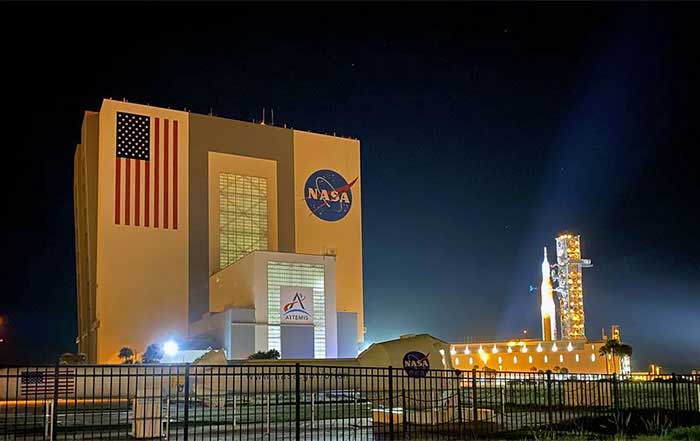Interestingly, a confluence of trends is fast reshaping the modern space enterprise. With the authorities pushing for a new space force, new threats to US space assets have recently prompted the Pentagon to act faster and develop more resilient architectures. Meantime, the commercial space industry is growing at an accelerated rate, creating new opportunities for partnerships. Undoubtedly, to be successful, the US must continue to invest in modern technologies. It must continue to lead in space technology, ensuring its continued growth and development.
Further, pundits argue that the edge of humanity's space activity is rapidly moving to the lunar space. Broadly speaking, lunar space refers to the sphere that the earth and moon form. It's quickly opening up new opportunities for space exploration and exploitation. As the United States plans a crewed lunar landing in the 2020s, commercial companies are fast racing to develop the technology and infrastructure necessary to support such a daring endeavor. One good example is the moon's orbital stability. As such, many nation-states are increasingly deploying satellites to conduct high-level military reconnaissance and research.
The new paradigm generally requires the United States to take firm leadership in shaping the rules and frameworks that govern space matters. The authors of this report broadly recommend that the United States should lead the way in developing favorable frameworks. So, the time to act is now. With the prevailing trends, commercial firms will be critical to developing space technologies and profit-making activities. Most likely, this will become a reality by the year 2050. However, for this to happen, the United States must swiftly develop an aggressive strategy to ensure its role as a global leader in space technology matters.
Happily, the US National Aeronautics and Space Agency (NASA) has already established a digital transformation community. The community aims to foster innovation whilst promoting a culture of collaboration. During this period, the agency plans to create a team of early adopters; these will explore new digital technologies and attack barriers. The team will include the agency's internal users- of course, these are the ultimate digital transformation effort customers. It's expected that the committee members will be open to new ways of working and seeking opportunities that drive the digital age.
Analysts note that- at least in the short term- commercial interests will greatly dominate space technology. Moreover, in about 30 years, these concerns will likely expand to the spherical space- the space that defines the earth and moon's orbit. Thus, the United States must create a framework that protects space interests as well as the primary stakeholders. It must also lead to space security issues and push the boundaries of human economic activity to its rightful place. Such a framework is necessary to ensure the space program's long-term security and prosperity.
But other issues significantly impact the overall equation here. Consider this, for instance: The cost of a single space rocket that can carry humans to Mars is estimated to be a whopping $10 billion. Ultimately, it would take thousands of flights, traveling over a period of 40 years, to reach man's ultimate goal. Space exploration also faces a long list of other challenges- these include the introduction of low-cost launches. Thus, for decades, some leading companies have had a strong working relationship with NASA, pushing together as the primary contractors for what's called the Space Launch System. Evidently, as long as the companies remain committed, NASA will always achieve its goal.
Ultimately, the future of space tourism will likely be dominated by a handful of private companies working in cahoots with government agencies. Among these is Blue Origin, a company that has successfully landed its suborbital New Shepherd rocket several times since late 2015. Another major commercial space company, Space-X, generally focuses on re-usable rocketry. As for NASA, it must rid itself of some unreliable commercial space travel players; the primary culprit is Boeing. SLS is another controversial player in the space exploration game. Indeed, some argue that SLS is the most controversial of the four main contractors currently associated with NASA.
So, exactly how is NASA, an iconic US organization, embracing the modern digital transformation? True, NASA was formerly dominated by the government's strategic initiative. However, the modern space agency has been going through rapid and fundamental change. Lately, NASA has fully embraced the modern digital transformation, thus attaining remarkable progress.

